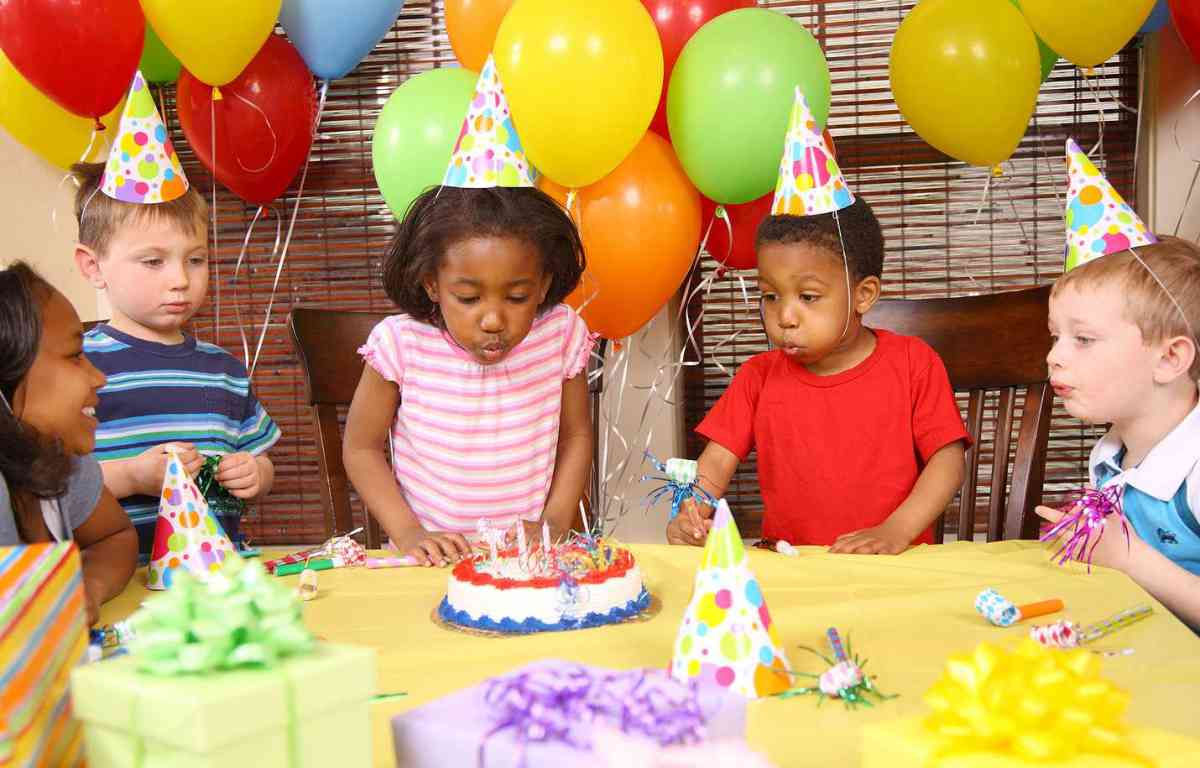
Restaurants and workplaces like call centers have been implicated as locations where people spread COVID-19 infections easily. Big social events like weddings also provide the opportunity for people to transmit the virus even before they know they are ill.
Do Birthday Parties Spread COVID Infections?
Scientists have paid much less attention to more informal gatherings that might have fewer people but closer contact. Now, a study using national health insurance data for most of 2020 compared the rate of COVID infections in households with a birthday in the previous two weeks to those without such an excuse to celebrate (JAMA Internal Medicine, online June 21, 2021).
The scientists analyzed data from 2.9 million households in the study. They also examined COVID-19 infection rates in the surrounding communities. When these were high, households with birthdays were about 30 percent more likely to have an infection. The increase linked to birthdays was modest so long as infection rates in the surrounding county were low.
Children’s Parties Are Riskier:
The researchers found a close link between children’s birthdays and a higher risk of infection. In fact, it was almost three times higher than that associated with adults’ birthdays. The investigators suggest that even small social gatherings like kids’ birthday parties can help spread COVID. That’s especially true when infection rates elsewhere in the community are high.
Perhaps parents are less likely to skip celebrating youngsters’ birthdays, or maybe children are less reliable about washing their hands, wearing their masks and maintaining their distance. With children still unvaccinated and the more transmissible delta variant circulating around the country, parents can’t afford to let down their guards and host a birthday party that could well spread COVID infections throughout a group of friends.
Citations
- Whaley CM et al, "Assessing the association between social gatherings and COVID-19 risk using birthdays." JAMA Internal Medicine, online June 21, 2021. doi:10.1001/jamainternmed.2021.2915

